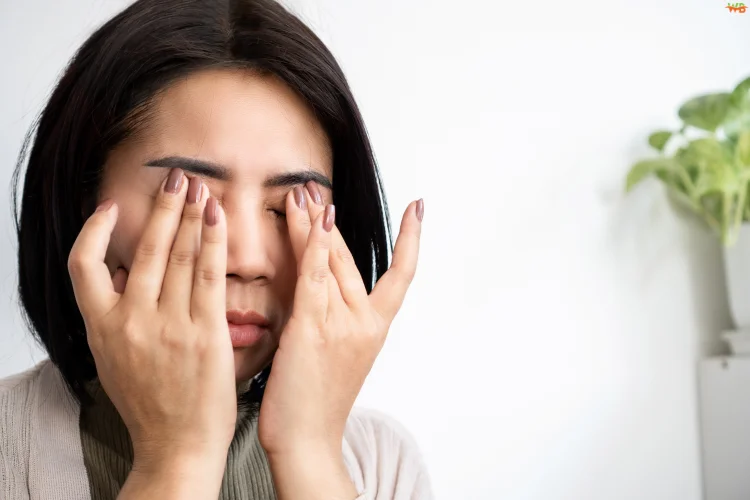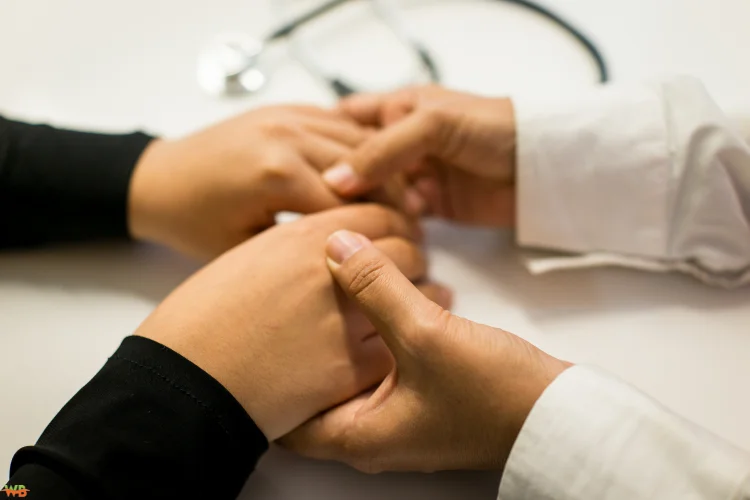Gabapentin, commonly prescribed to treat nerve pain, seizures, and various other conditions, has raised concerns in recent years due to its potential for misuse. While it is highly effective in managing various medical conditions, gabapentin addiction is becoming increasingly recognized as a serious issue. If you or a loved one are concerned about the signs of gabapentin addiction, it’s important to be aware of the symptoms and treatment options available.
In this article, we’ll explore the warning signs of gabapentin addiction, how to identify the problem, and what treatment options are available to help those struggling with this condition.
Understanding Gabapentin Addiction: What It Is and Why It Happens
Gabapentin, originally developed to treat seizures, has also been prescribed for chronic pain, anxiety disorders, and restless leg syndrome. Although gabapentin is generally considered safe when used as directed, misuse and dependency can develop, particularly when individuals take higher doses than prescribed or use it for recreational purposes.
Addiction occurs when the body builds a tolerance to the drug, leading individuals to take more to achieve the same effects. Continued misuse can lead to dependence, impacting both mental and physical well-being.
Signs of Gabapentin Addiction
Recognizing gabapentin addiction is essential for getting help early. The signs of addiction can vary depending on the person’s usage patterns, but common symptoms include:
1. Increased Tolerance
One of the most significant signs of addiction is when individuals need larger amounts of gabapentin to experience the desired effects. This is called tolerance. If you find that you are consistently increasing your dosage or not feeling the effects of the medication as you once did, it could indicate a developing addiction.
2. Cravings
If you or someone you know constantly thinks about or feels the urge to take gabapentin, even if it is no longer necessary for treating the original medical condition, cravings are a key warning sign.
3. Withdrawal Symptoms
When you stop taking gabapentin suddenly or reduce your dose too quickly, you may experience withdrawal symptoms. These symptoms may involve feelings of anxiety, difficulty sleeping, nausea, excessive sweating, headaches, and in some cases, seizures. Withdrawal symptoms are a strong indicator that the body has developed a physical dependence on the drug.
4. Loss of Control Over Use
If someone has tried to reduce or stop taking gabapentin but cannot, it may suggest an addiction. This is often accompanied by continued use despite knowing the negative consequences, such as health issues, strained relationships, or problems at work or school.
5. Engaging in Risky Behavior
Taking higher doses than prescribed or seeking out additional prescriptions or illegal sources of gabapentin are behaviors that can indicate gabapentin addiction. If a person is going to extreme lengths to obtain the drug, it is a clear sign that the addiction has progressed.
Why Does Gabapentin Become Addictive?
While gabapentin does not have the same level of abuse potential as some other prescription drugs, its calming effects and ability to relieve anxiety and pain can make it attractive for misuse. People who experience chronic pain, anxiety, or even withdrawal from other substances may be particularly vulnerable to gabapentin addiction.
In some cases, individuals may begin using gabapentin recreationally to enhance the effects of other substances or to manage emotional pain, leading to unintended dependency.
Treatment Options for Gabapentin Addiction
If you suspect that you or someone you love is struggling with gabapentin addiction, it’s important to seek help as soon as possible. Thankfully, a variety of treatment options exist to support individuals in recovering and reclaiming control over their lives.
1. Detoxification (Detox)
The first step in treating gabapentin addiction is often detoxification, which involves gradually tapering off the drug under medical supervision. This process helps to manage withdrawal symptoms and ensures that the person’s safety is prioritized during the withdrawal phase. Detoxification should always be conducted in a medical environment to ensure safety and prevent risks like seizures.
2. Behavioral Therapy
Behavioral therapies are a cornerstone of addiction treatment. Cognitive Behavioral Therapy (CBT) and other therapy models help individuals understand the root causes of their addiction and develop healthier coping mechanisms. CBT, for example, works by helping individuals recognize and challenge the thought patterns that contribute to their drug use.
3. Counseling and Support Groups
Group therapy and individual counseling can also play an essential role in recovery. Talking to others who have experienced similar struggles can provide emotional support, reduce feelings of isolation, and offer practical advice. Support groups such as Narcotics Anonymous (NA) or specialized groups for prescription drug abuse can be incredibly beneficial in long-term recovery.
4. Medication-Assisted Treatment (MAT)
In some cases, doctors may recommend medication-assisted treatment (MAT) to help with the cravings and withdrawal symptoms associated with gabapentin addiction. Medications such as gabapentin alternatives or other supportive drugs may be prescribed to make the recovery process more manageable.
5. Aftercare and Relapse Prevention
Recovery doesn’t end with detox and therapy. Aftercare services, including ongoing counseling, outpatient therapy, and support groups, are crucial in helping individuals maintain their sobriety. Relapse prevention strategies are taught to help individuals recognize triggers and develop healthier responses to stress and emotional struggles.
6. Holistic and Alternative Therapies
Some people benefit from complementary therapies such as acupuncture, yoga, or meditation. These practices help manage stress, improve mental clarity, and promote physical well-being, making them a great addition to more traditional treatment methods.
How to Get Started with Treatment
If you or someone you care about is showing signs of gabapentin addiction, the first step is to reach out for help. Consulting with a healthcare professional, such as a doctor or addiction specialist, can provide insight into the most appropriate treatment plan. They will assess the situation and recommend the best course of action, whether it’s outpatient care, inpatient treatment, or a combination of therapies.
Taking that initial step toward recovery can be challenging, but it’s the beginning of a path to a healthier, more fulfilling life. With the right treatment and support, individuals struggling with gabapentin addiction can rebuild their lives, regain their health, and move toward a brighter future.
Conclusion
Recognizing the signs of gabapentin addiction is critical to getting help before the situation escalates. If addiction is affecting you or someone you care about, it’s important to act quickly. Recovery can occur sooner if treatment starts earlier. With various treatment options available, including detox, therapy, and aftercare, those struggling with addiction can overcome their dependence and achieve lasting sobriety.
Seeking professional help is the best way forward, and it’s never too late to make the first step toward recovery.

I’m Salman Khayam, founder of Wellbeing Junction. I synthesize trusted information from research and expert guidance to create clear articles across health, wellness, and lifestyle topics.
Disclaimer: Content is for informational purposes only and is not medical advice. Consult a qualified expert regarding personal health or specialized questions.
Discover more from Wellbeing Junction
Subscribe to get the latest posts sent to your email.





